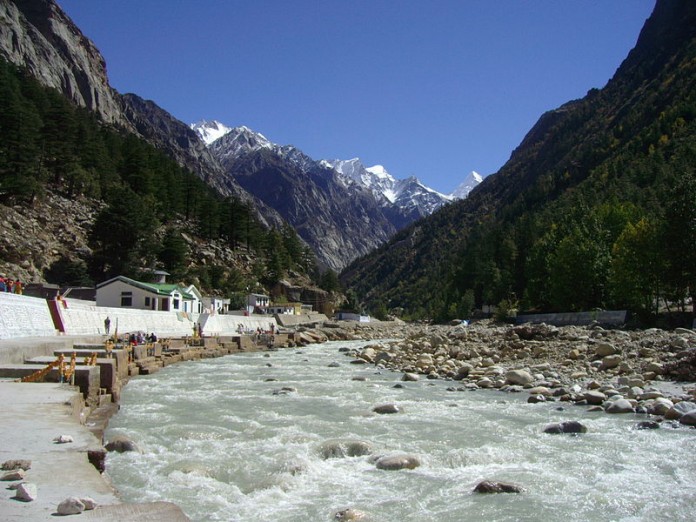The River Ganges is perhaps the most revered spiritual spot for Hindus in India. Over 2500km long, the river flows through numerous mountains, valleys, cities and villages and is believed to have purifying properties, including wiping away dirt and sin, and provides water to 40% of Indian’s population.
Sadly this is not reflected in the very waters of the Ganges. Instead, visitors, tourists and non-Indians may be startled to learn that the actual river is brimming with pollution, faeces and even dead bodies.
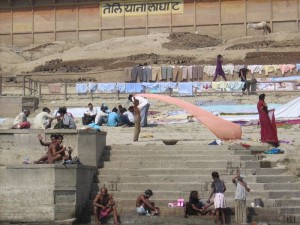
As well as bathing in the water, many hold religious rituals in the water which include sending their dead down the river. These bodies then collect and can be seen washed up on the banks of the river where they decompose or are picked at by dogs and other animals.
In addition to dead bodies, there is also a large amount of human waste deposited in the water. Given that it flows through 29 cities and 48 towns, there is a large percentage of human waste and material. Over 70 million people bathe, eat, brush their teeth,carry out their laundry and clean their utensils in the Ganges, resulting in food, waste, leaves, clothes and more ending up in the water. Worryingly, the water in the Ganges has been found to contain bacteria and water-borne diseases, causing dysentery, cholera, hepatitis and diarrhoea.
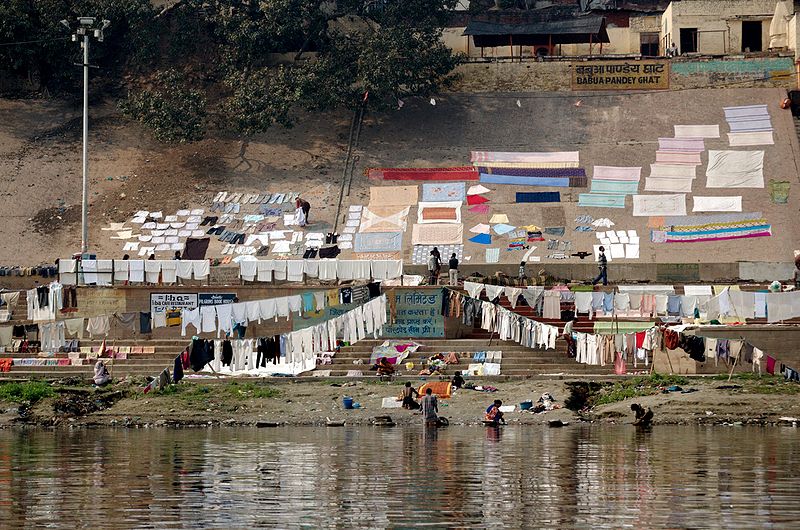
A user uploaded a series of seering images of the river abuse to imgur.com. We have included the link for factuality’s sake, but PLEASE BE WARNED, THESE IMAGES ARE GRAPHIC AND DISTURBING: https://goo.gl/86J5oD
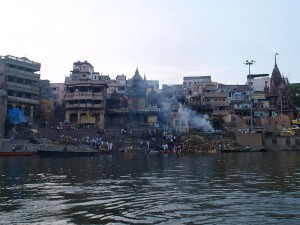
Industrial waste is one of the biggest threats to the Ganges, comprising almost 12% of total volume effluent reaching the waters. Although it seems a small percentage, the fact that waste is often toxic and non-biodegradable is a huge concern for health and safety.
The toxification of the water has seen a serious decline in the abundance of river wildlife, with numerous fish populations affected by the changing water acidity.
The toxification of the water has seen a serious decline in the abundance of river wildlife, with numerous fish populations affected by the changing water acidity.
India has seen many protest come and go for the restoration of the Ganges. In 2011, Swami Nigamananda Saraswati fasted to death due to the illegal mining in Haridwar that contributed to further pollution.
So what’s being done to help?
There have been multiple initiatives over the years to educate the people and clean up the Ganges, but changing the mind-set of millions of people who believe the river to be pure and hence invulnerable has proven hard.
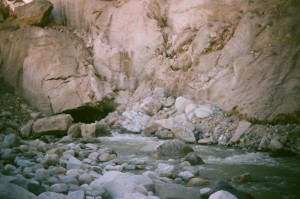
In 2010, the Supreme Court of India began closing and relocating industrial plants and declared the stretch of water between Gaumukh and Uttarkashi and Eco-sensitive Zone. The Ganga Mahasabha is one of the most prolific organisations dedicated to restoring the Ganges. They proposed the National River Ganga Act 2012 which was unfortunately not drafted by the government. However none of these initiatives seemed to stick and the Ganges has seen no significant improvement in that time.
Now, the Indian High Court has officially declared the Ganges, as well as the river Yamuna, “living persons with equal rights.” This order, the first of its kind in India, will see the rivers, tributaries and sister rivers be declared as:
“Legal and living entities having the status of a legal person with all corresponding rights, duties and liabilities of a living person.”
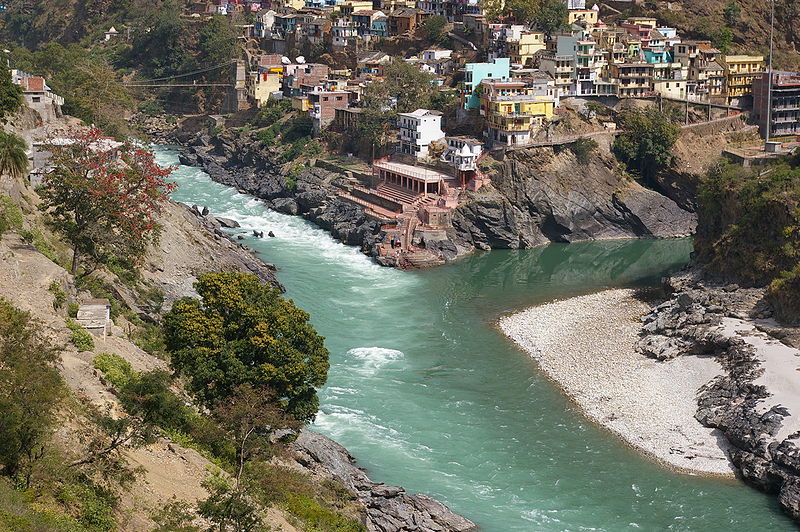
As a result, any harm done to the river would be akin to doing harm to a person. The order aims to ensure the “preservation and conservation of the two rivers and to protect the recognition and faith of society.”
Justices Alok Singh and Rajiv Sharma rightfully stated, “the extraordinary situation has arisen since the rivers Ganga and Yamuna are losing their very existence.” They added, “This situation requires extraordinary measures.”
It is hoped that this move, whilst drastic, will be fully effective in ensuring the protection of the river. Hopefully, it will see less people bathing, washing and cleaning in the river, as well as discarding waste, rubbish, corpses and toxic material into the water, by threat of legal action.

As well as restoring the water, it hopes to protect the rich wildlife support by the waters. The river is home to some of the most unique aquatic life in the world, including 140 species of fish, 90 species of amphibians and the endangered Ganges River Dolphin, which is currently dwindling in numbers due to cumbersome constructions on the rivers blocking their movements.
The order echoes that of New Zealand’s, which mandates that Whanganui River be recognised as a living entity with legal rights and has received the same praise and celebration from the international and environmental community.



















